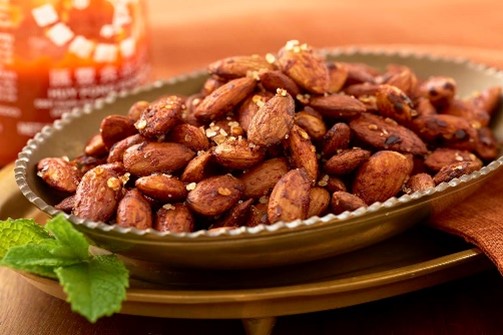According to the Centers for Disease Control (CDC), people with type 1 diabetes, type 2 diabetes or gestational diabetes have increased risk of severe illness from COVID-19. As you’re aware, being obese (often a co-morbidity with type 2 diabetes) elevates the risk of becoming severely ill from COVID-19. Visit the CDC Coronavirus website for the latest news. With this new factor in mind, providing education and support for people with diabetes, as well as those at risk, takes on increased importance.
Weight management: During the pandemic, there is anecdotal evidence about the “quarantine-15,” a term to describe weight gained during the lockdown period. For those who are overweight, losing just 5% of body weight can improve blood sugars and other diabetes outcomes. Although this risk of weight gain isn’t limited to those with diabetes or pre-diabetes, keeping a healthy weight takes on greater importance. The same dietary guidance applies now as always– macronutrient percentage recommendations should be personalized and whether it be a Mediterranean, low-carb, vegetarian diet or another choice that your client follows, including lots of non-starchy vegetables, minimizing added sugars and refined grains and choosing whole, minimally processed foods – such as almonds – are the key tenets to healthy eating with diabetes. When it comes to snacking, including options that are high in fiber and protein to provide sustained energy can help people feel satisfied and help steady blood sugar. With filling snacks, the chance of boredom eating is less likely too, which in turn, can help with weight maintenance. You’ll find 6 grams of plant protein and 4 grams of filling fiber in every healthy handful of almonds.
Staying motivated: Your patients and clients are at home more now and doing a lot of their own cooking. People with diabetes, given their increased risk, may have taken additional steps to protect themselves by avoiding unnecessary public outings, including shopping as frequently as they used to. Education about stocking a healthy pantry by choosing foods with a longer shelf is something consumers are more interested in now than ever before. Sharing easy-to-make recipes with staple ingredients reimagined is a great way to provide a variety of options so meals and snacks don’t become repetitive. Being at home so much makes it’s easy to graze all day. Work with clients on planning ahead and make the snacks they eat count by focusing on snacks that are high in fiber and protein to provide long-lasting energy to help tide them over between meals. Greek yogurt topped with fruit and sliced almonds, spicy beef jerky, baby carrots with red pepper hummus or apple slices spread with almond butter are just a few delicious options!

